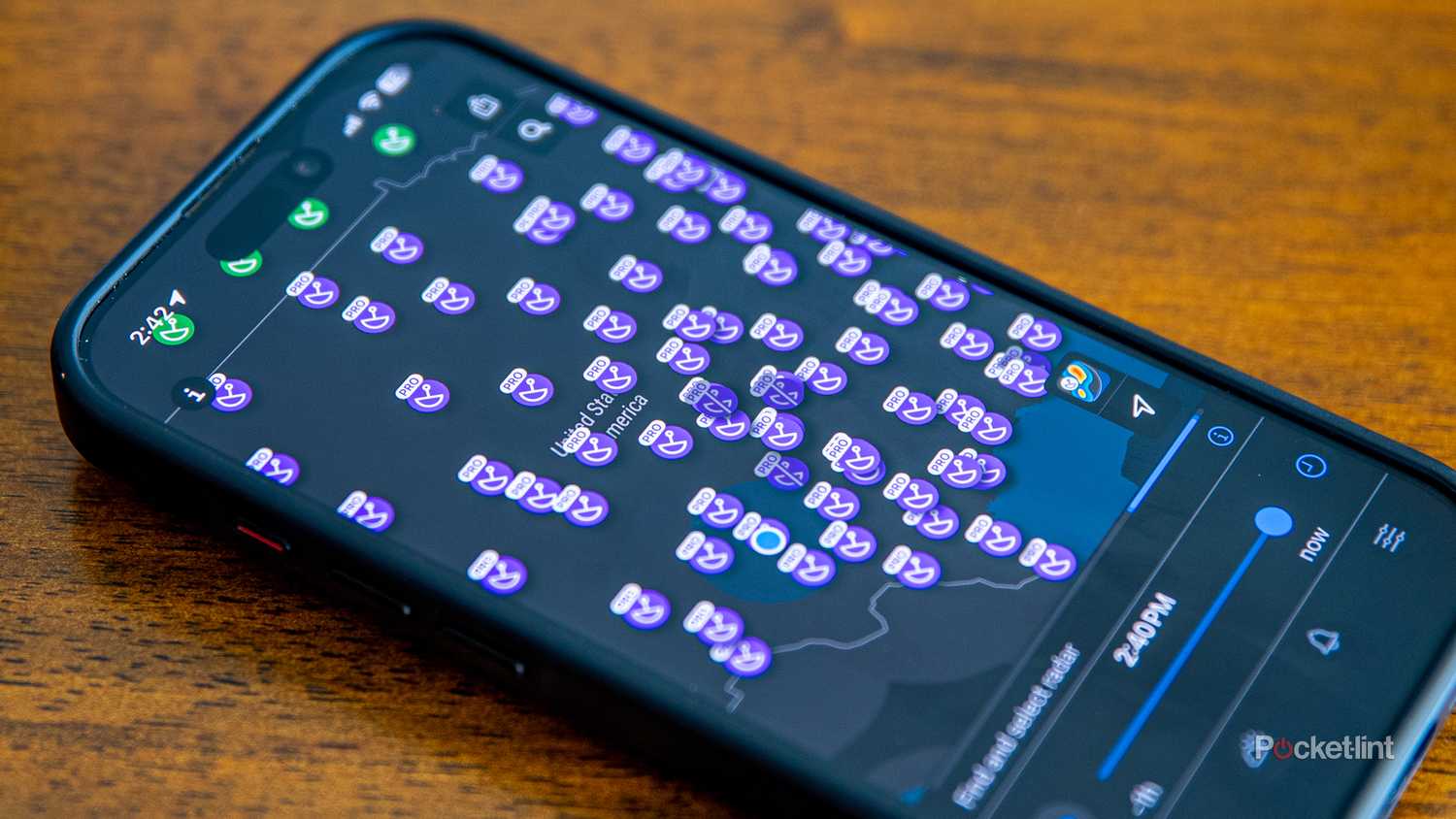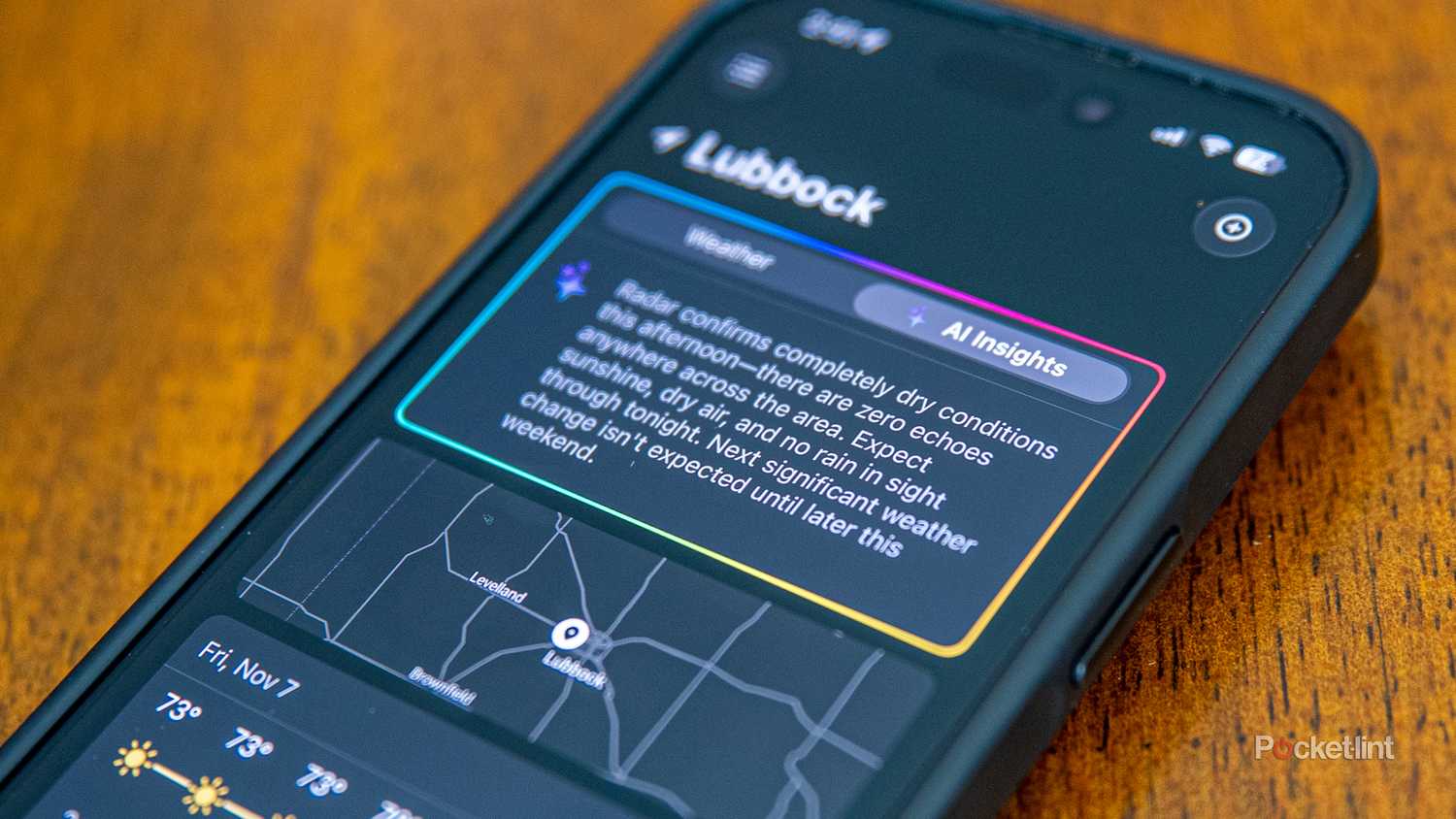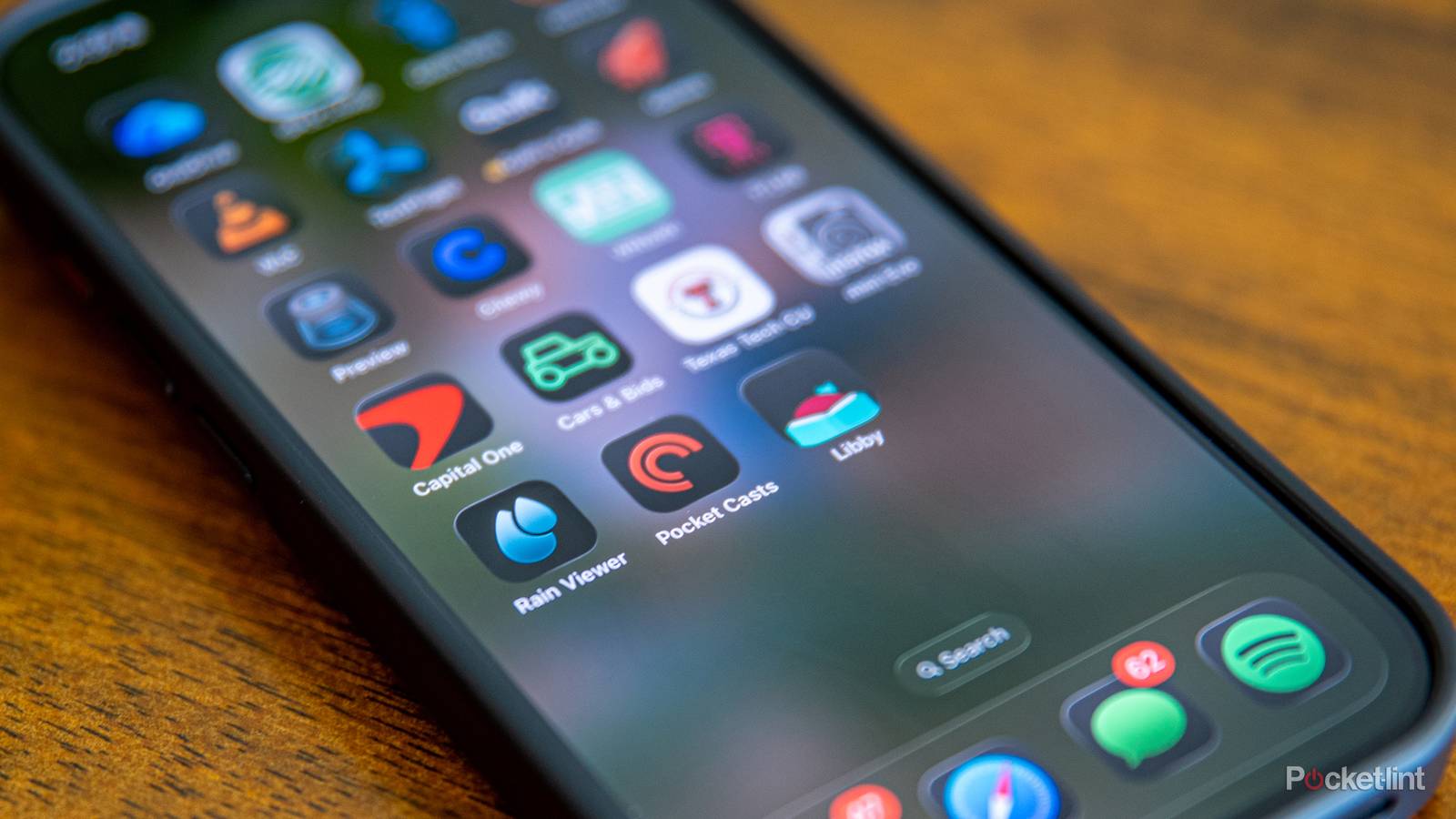There’s a pretty good chance that whatever weather app you’re using isn’t just telling you the forecast, but also selling your data to outside entities. MyRadar, one of the most popular apps in the space, has been open about selling data to third-party companies such as Arity.
Arity, a mobility data and analytics company and a subsidiary of Allstate Insurance, partners with several popular apps, including Life360, to track traffic data and patterns using geolocation by implementing its own software development kit in third-party apps. To the average consumer, this sounds pretty dicey, and it probably should. Luckily, I have found a solution in the latest weather radar monitoring app on the market — Rain Viewer.
The original version of this story said that MyRadar sold driver data to insurance companies and that users could “opt out” of sharing data with Arity. After the article’s release, MyRadar representatives reached out with corrections, stating that any user must instead opt in to sharing data specifically with Arity, and that MyRadar does not sell data directly to insurance companies.
MyRadar offered the following statement:
“The data we sell to Arity is used for displaying targeted ads and for insurance companies to display targeted ads to users within our app. There is no mechanism to connect the data to a user; it only affects the display ads — just like every other ad network out there (Google, Meta, and any other network that ad-supported apps use). Again, MyRadar does not ask your name, email, or any other contact data. We do not have this information on our users. It is impossible for us to share such information with Arity because we do not have it.”
A weather fan’s best friend
Getting up-to-date information is hard, but Rain Viewer excels there

I’m going to let you in on a little secret — each radar you use probably gets its data from the same place. The U.S. Doppler weather radar network consists of around 160 large radars and 45 smaller ones, spanning the country coast to coast. This network is how most weather services get their data, and they all receive it around the same time. Then there’s a race to push that data out in a usable format, and Rain Viewer routinely wins it.
I sat down with the founder and CEO of RainViewer, Oleksii Schastlyvyi, to discuss Rain Viewer’s output processes, data security practices, and a few more tidbits. According to him, the attention to detail by the relatively small team at Rain Viewer allows them to deliver the most information in the quickest timeframe. Most Rain Viewer users receive information within 5 minutes of their current time, and as a user myself, I can confirm this.
“As a competition part [of the app], we try to deliver the data as fast as we can,” said Schastlyvyi. “And this is our most prominent thing in the app, so that you can see the weather in as close to real time as possible.”
“One of the main ideas I always keep active is the privacy of users. If you’re a subscriber, we completely disable all the trackers, like Facebook, Google Ads, everything. We don’t track you.” – Oleksii Schastlyvyi
Rain Viewer tracks your location, but never sells it
Rest easy knowing your location and driving are safe and sound

My biggest question for Oleksii was, of course, what Rain Viewer does with the data it tracks? It should come as no surprise that most weather apps access your location, but what they do with that data afterward is where the differences are. We’ve already established that apps like MyRadar sell that data to third parties, so what happens to it once Rain Viewer gets it? According to Oleksii, nothing. It’s stored on internal servers and locked away.
“One of the main ideas I always keep active is the privacy of users,” said Schastlyvyi. “If you’re a subscriber, we completely disable all the trackers, like Facebook, Google Ads, everything. We don’t track you.”
The only data Rain Viewer keeps is your current location, which allows it to send you push notifications for severe weather in your area. If there was ever a reason I’d be OK with an app monitoring my location, that’s it. Additionally, Rain Viewer doesn’t require creating an account through various other pathways. All of that between-service data stays in its place. Rain Viewer’s job is to tell you the weather quickly and accurately. Nothing more, nothing less.
CarPlay and Android Auto compatibility is on the way
It’s in beta for now, but the team is hard at work

MyRadar’s CarPlay and Android Auto functionality might make it a great road-trip partner, but that geolocation data, even if it cannot be tied to a specific person, is precisely what gets harvested by companies like Arity for usage in their data sets. I like having a radar in my car as much as anyone else, but the good news is that Rain Viewer and its team are hard at work on releasing their own CarPlay and Android Auto apps. Currently, on their website, users can test a beta version of the mobile service the team is looking to bring to market. Schastyvyi said that an accurate timetable for its release would be hard to provide, but emphasized that the team is getting closer by the day.
Additionally, Rain Viewer is preparing to roll out companion software for Apple and other smartwatches. If you want to get in on the first floor of a weather app that routinely beats its larger competitors in data delivery time, security, and pricing, Rain Viewer is the app I’d bet to topple giants in the mobile weather app sector sooner rather than later.

